Water conservation is non-negotiable
Plumbing manufacturers commit to charitable giving and product innovation to help solve global water crisis.
By Natalie Forster
simonkr / Vetta / Via Getty Images
Although many of us routinely take access to clean, safe drinking water for granted, there is a very real water scarcity problem right here in the U.S. Approximately 2.2 million people around the country are without running water and basic indoor plumbing and more than 44 million people have inadequate water systems.
Globally, the issue is even larger. According to a report by UNESCO, 2 billion people (26% of the population) do not have safe drinking water and 3.6 billion (46%) do not have access to safely managed sanitation. While the stats present all doom and gloom, there are many companies and agencies working tirelessly to address this crisis. As members of the PHCP-PVF industry, we sit in a unique position to use our constant innovation and product technology to help.
Knowing that there are several leading factors leading to major water scarcity, many plumbing manufacturers have been stepping up for years. Trey Northrup, leader of LIXIL Americas, says access to clean water and sanitation is a basic human right. “Our purpose is to make better homes a reality for everyone, everywhere, and this mission begins with responsible water management,” he says. “Our strategy focuses on providing access, availability, and the management of safe water, advocating for intelligent water policies, and ensuring responsible water use through our products and operations. It's clear that the urgency of water conservation is greater than ever before, and we are determined to be a driving force in this vital effort.”
There has been a lot in the news lately about Environmental, Social and Governance (ESG) efforts to reduce greenhouse gas emissions. Morgan Keck, sustainability manager for Zurn Elkay Water Solutions points out that the climate crisis only perpetuates that water crisis.
“Climate change is affecting water scarcity and leading to droughts, flooding and rising sea levels. We need to consider the role water plays in our buildings and determine what we can each contribute to sustainability and conservation,” she says. “Zurn Elkay seeks to enhance human health and the environment through our ecosystem of water safety and control products. Our commitment to innovation and continuous improvement means expanding our line of products that conserve water, contribute to a cleaner environment, protect human health and hydration, save energy and reduce the use of plastics and other nonrenewable resources.”
Trey Cutler, regional sales manager at Niagara agrees, adding that natural disasters are impacting the demand for water-saving products. “Taking a look around at the extreme rollercoaster that has been our climate over the past few years has forced our society to push issues like water conservation to the forefront,” he says. “Facing the droughts and the wildfires that have run rampant across our nation, we have no choice but to take charge and find solutions that can help diminish the impact of these cataclysmic events.”
There are also more nuanced factors at play when it comes to water conservation. Regis Saragosti, CEO of SFA Saniflo brings up the impact of population growth and socio-economic factors. “Global population growth and urbanization increase water demand, straining existing supplies, and inadequate water management can lead to environmental degradation, harming ecosystems and biodiversity,” he explains. “Water scarcity can trigger conflicts and socio-economic challenges. Therefore, prioritizing water conservation and efficiency is crucial to ensure sustainable access to this essential resource for current and future generations.”
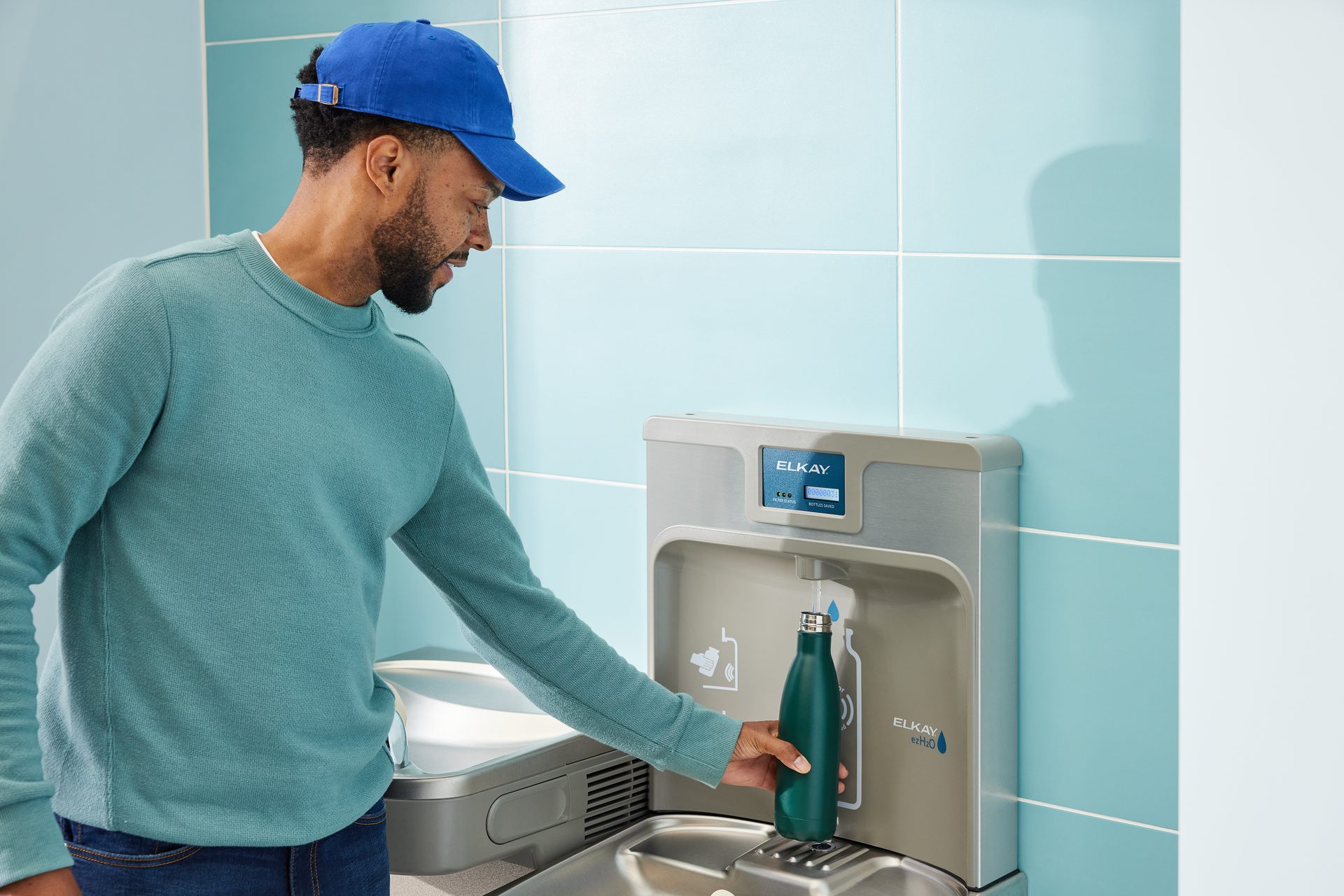
Zurn Elkay’s filtered bottle fillers are an immediate solution to lead contamination and help provide cleaner, safer drinking water.
Taking action
Plumbing manufacturers around the globe have been taking action when it comes to product innovation, internal operations and charitable giving — all to work towards a future with more safe, clean water for all.
“In our operations, we have made significant strides towards improving water efficiency, with a 16% improvement in water use efficiency in FYE23 compared to FYE19,” Northrup states. “We're also actively conserving water, with 660,000 cubic meters of water recycled and 1.5 billion cubic meters of water saved by products and the facilities that manufacture them in FYE23. These numbers reflect our dedication to responsible water use within our operations.”
Saniflo is also making huge strides to reduce waste. “SFA headquarters is committed to reducing its carbon footprint. By 2021, we have successfully decreased waste production by almost 38% compared to 2019,” Saragosti says. “In addition, SFA Saniflo is investing in solar panels on some of our buildings, allowing us to participate in the energy mix. The electricity generated from these solar panels is either used at our sites or fed into the collective power grid.”
In addition to taking a look inside to reduce footprints and waste, manufacturers have found numerous ways to partner with other organizations to aid conservation and safety. For example, Niagara dedicates time and resources to helping Habitat for Humanity, The Home Depot Foundation, Volunteers of America and other affordable income housing teams to donate and provide sustainable solutions to those who need it.
“Our partnership with Volunteers of America (VOA) enables our team to provide affordable housing projects with ultra-high-efficiency toilets to help cut down on water and sewer costs so that funds can be reallocated to more important things like a new playground or aftercare for kids,” Cutler explains. “Niagara invests in and participates in affordable housing projects such as the Girard Street Apartments, a senior living facility in Washington, D.C. Our products were able to reduce water use by 78% and allocated over $30,000 annually back into other improvements at the property for things that the residents could benefit from like a new gym or walking path.”
Zurn Elkay focuses its philanthropic giving around communities with poor water quality and low resources. “In August 2023, Zurn Elkay donated $2.2 million of Elkay drinking water filters to support Milwaukee Public Schools and the City of Milwaukee’s ongoing commitment to providing safer, cleaner drinking water,” says Keck.
Similarly, LIXIL has focused efforts on a particular Alabama area where 80% of homes lack a centralized sewer systems, and traditional septic tank systems often fail due to high soil clay content, leading to raw sewage flooding into homes.
“In 2016, LIXIL launched a significant initiative in collaboration with the Alabama Department of Public Health and the University of South Alabama to address sanitation challenges in Lowndes County, Alabama,” Northup says. “Today, this project involves a 100-home pilot study testing tailored solutions like FujiClean's advanced wastewater system and water-efficient fittings to improve sanitation and reduce water bills. Initially funded by a $2 million US Department of Agriculture grant, the project has proven successful and secured $122 million from the US Infrastructure Law fund to expand its benefits across the Alabama Black Belt.”
Saniflo helps communities by supporting the Planet Water Foundation. “Our most recent project, implemented in 2023, reflects our strong dedication and unwavering commitment. In collaboration with the Planet Water Foundation, the SFA Group installed the AquaFill drinking water filtration system at the Dan Ha Primary School in Hanoi, Vietnam,” Saragosti says. “This gravity-based system utilizes state-of-the-art water purification technology that guarantees the removal of pathogens from the water. This project also included the implementation of a hygiene education program for the schoolchildren.”
Product innovation
Although they are all choosing different ways to help philanthropically, each of these manufacturers have one common goal in mind: To design and provide innovative products that reduce water consumption and/or improve access to clean water and sanitation.
Niagara Corp. has long been known for its water-saving toilets, and the company encourages users to seek our WaterSense certified products throughout the home. “Niagara’s products are inherently eco-friendly, can help builders attain LEED points, and strive to save as much water as possible without compromising performance. Our products have already saved over one billion gallons of water over the past year and will continue to do so,” Cutler says. “Look for WaterSense certified products. These highly efficient products have to go through rigorous rounds of performance testing in order to receive the WaterSense certification and we can proudly say that every one of our toilets has the WaterSense certification. Replacing one leaky, old toilet can save thousands of gallons of water a year, and that can add up quickly.”
Another area of the home that uses significant water is the shower. The EPA states that the average eight-minute shower uses more than 16 gallons of water. According to Northrup, GROHE, a LIXIL brand, is tackling the shower with its latest product.
“Everstream is a water-recycling shower allowing users to make a conscious choice to save water and energy without sacrificing their showering experience,” he says. “By activating the recycling mode after using shampoo or soap, Everstream collects and purifies water that would otherwise go down the drain. This recycled water is then released for reuse, potentially reducing water consumption by up to 75% compared to conventional showers and cutting energy usage by up to 66%.”
Also touting the importance of WaterSense certification, Zurn Elkay provides low-flow, faucets, flush valves, toilets and urinals, in addition to its popular bottle-filling stations. “To be certified, a product must use at least 20% less water than a standard product,” Keck says. “Our pressure reducing valves reduce the water supply pressure for commercial buildings and homes, helping conserve water and energy. We also have products that improve water quality. Our filtered bottle fillers reduce lead levels in drinking water. Bottle fillers also reduce the number of single use plastic bottles, which is a carbon- and water-intensive material to manufacture.”
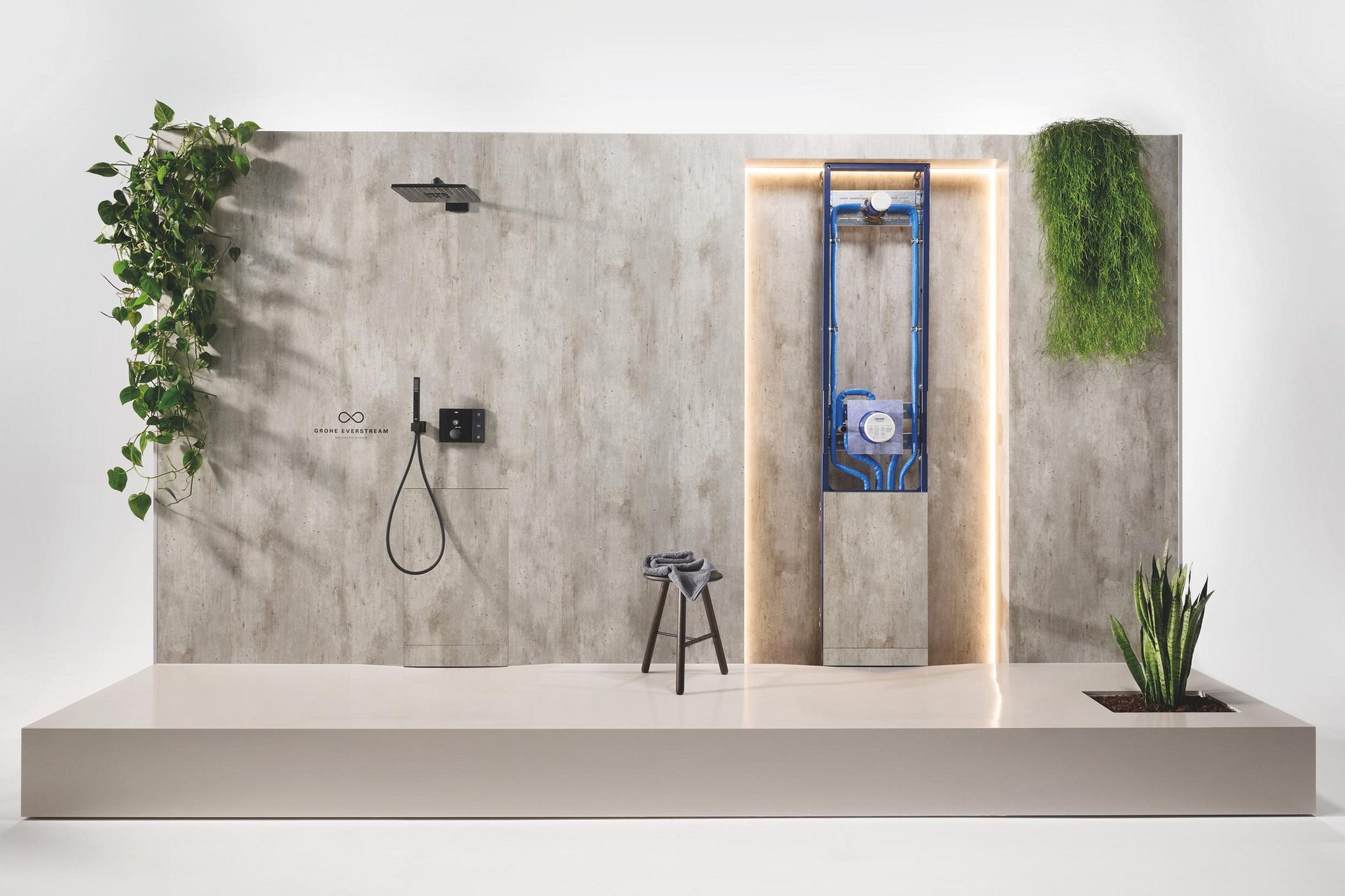
GROHE’s new Everstream shower collects and purifies water that would otherwise go down the drain. This recycled water is then released for reuse, potentially reducing water consumption by up to 75% compared to conventional showers.
Niagara toilets offer as low as .8 GPF with flapperless technology, quiet flush and Stealth technology to ensure high-power, low-maintenance and no waste.
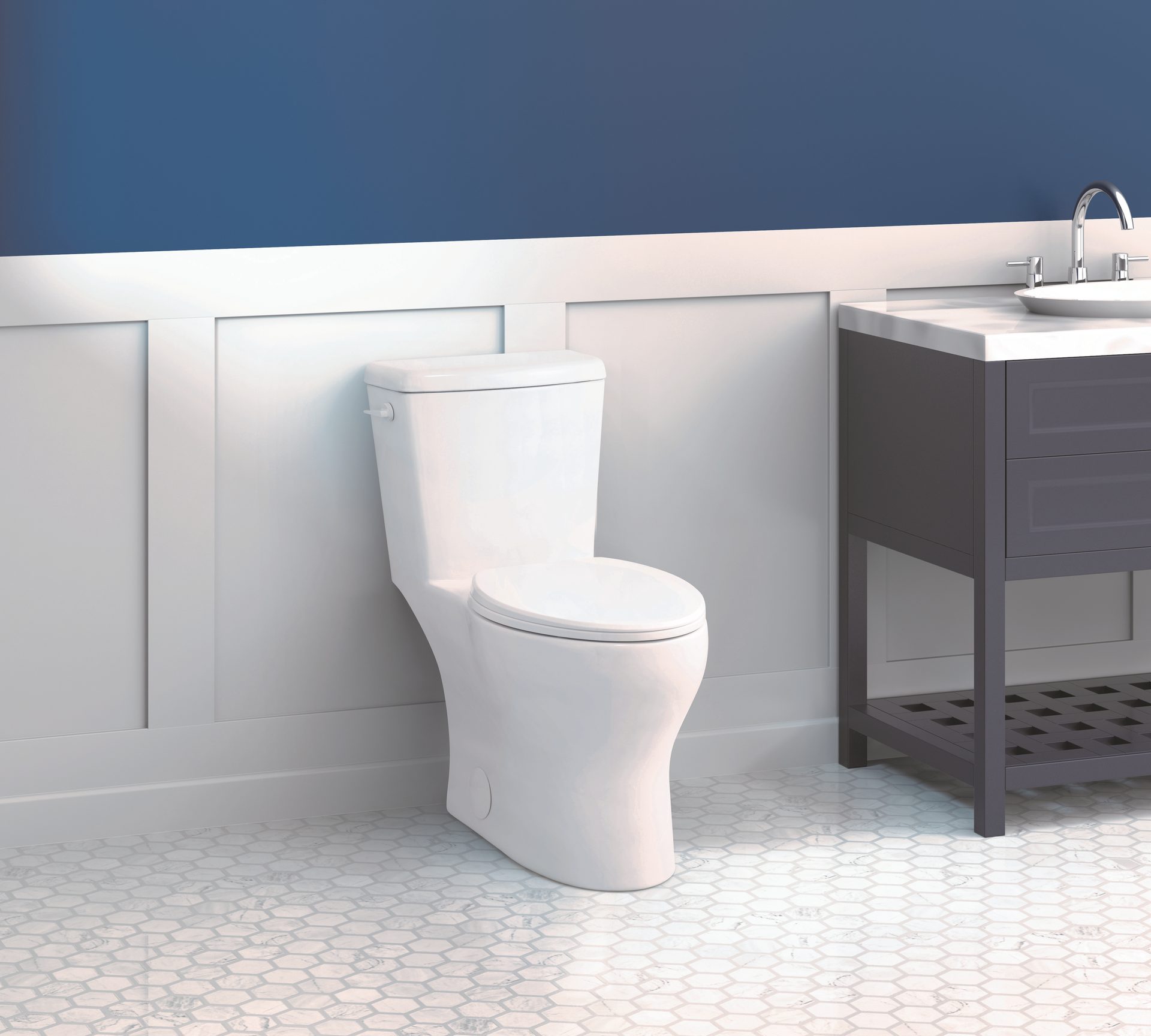
Saniflo’s Sanicompact one-piece macerating toilet will flush solid waste with 1.28 gpf (gallons per flush; 4.8 liters per flush) and liquids with only 1 gpf.

Image courtesy of Zurn Elkay Water Solutions
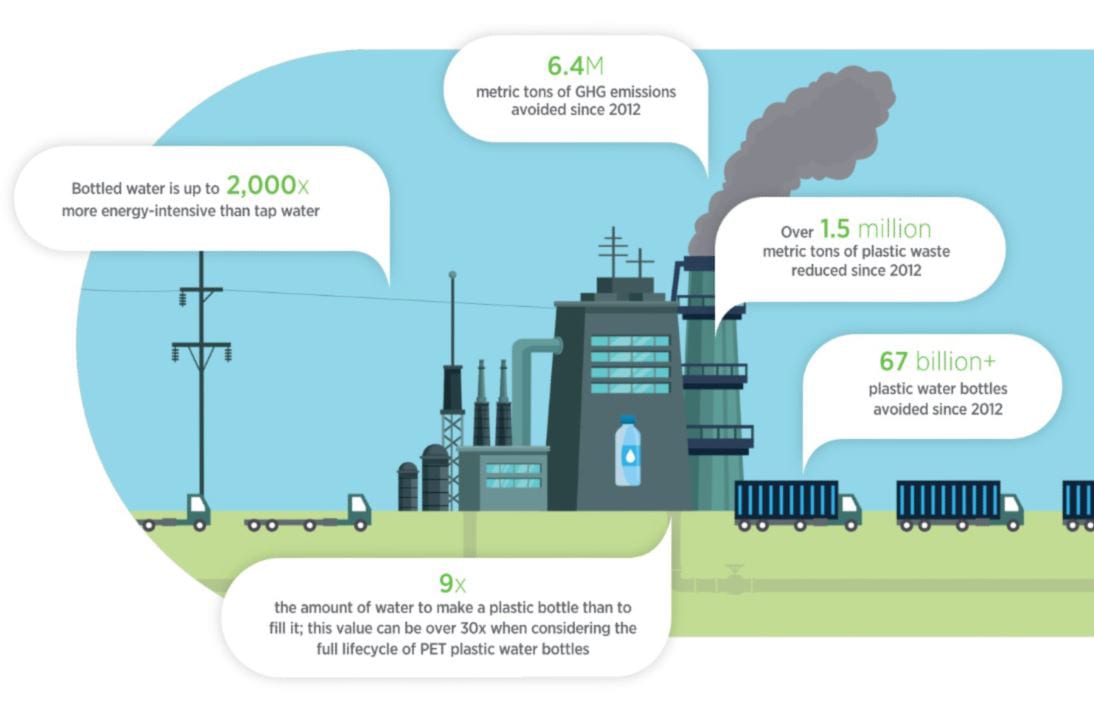
Looking ahead
Moving forward, it is nonnegotiable for the entire PHCP-PVF industry to do its part in helping communities in need and amplifying the importance of high-efficient, water-saving products. According to Saragosti, the bottom line is, “no water, no life.”
“Education and cost are the two main challenges when it comes to water conservation. Many professionals are unaware of some products and consumers are not willing to pay more,” he says. “Looking ahead we will see more laws, more regulations, more work done on old infrastructure, and hopefully, a lot of new products helping us all to reduce the waste of clean water.”
Keck emphasizes the challenges that old infrastructure and lack of funding present. “Older infrastructure can be a challenge in the plumbing community. Older distribution systems sometimes cannot handle low-flow fixtures as well. There is also an investment required to upgrade plumbing fixtures to low flow but the resulting operational savings on water bills can help justify the expense,” she says. “Low flow fixtures and any other applicable water conservation products become the standard in all buildings whether it is a retrofit project or a new construction. These are simple ways that every building can reduce water consumption.”
Cutler explains that oftentimes, homeowners think more water equals better performance, and education is needed to break that way of thinking. “We face the battle with homeowners who believe that more water will accomplish more performance. In actuality, products with the right designs and technology, less water can do more than their more wasteful counterparts,” he says. “I hope to see more implementation of not just 1.28 GPF toilets, but 1.0 and even 0.8 GPF. The direction that the government is currently going with federal regulations and restrictions, it would be prudent for builders and plumbing professionals to specify models that are lower GPFs so that they don’t find themselves having to reorder product halfway through an installation because it’s too high of a flow.”
In addition to the challenges mentioned above, the plumbing industry skilled labor shortage will make it difficult to tackle all of the water infrastructure updates that are needed.
“With around 500,000 vacancies in the field, essential services are disrupted, costs rise, and our aging water infrastructure strains to meet growing demand. This shortage, exacerbated by the retirement of skilled tradespeople and a lack of new talent, is further worsened by societal preferences for four-year degrees over vocational training and underfunding in plumbing education. However, plumbers' roles in safeguarding public health, supporting infrastructure, and advancing sustainability are indispensable,” Northrup explains.
“Besides consumer resistance and the plumber shortage, cost is another significant challenge. In today's uncertain economy, immediate financial needs often take precedence over long-term investments, including essential home improvements. Plumbers' recommendations for water-efficient upgrades may be deferred when families prioritize putting food on the table. Emphasizing the cost-effectiveness of water-saving solutions and educating consumers about their long-term economic benefits, like savings on utility bills, can help address this challenge,” he continues.
Northrup summarizes hopes for the future well, saying he envisions a world where water-efficient fixtures and responsible water use become the norm, not just a trend.
“I envision a world that prioritizes water conservation as a shared responsibility. Industry professionals, policymakers, and consumers must work together to develop and implement more effective strategies for tackling global water challenges. Water conservation should not be a choice, but rather a fundamental part of our daily lives -- helping future generations create a more sustainable planet.”
ABOUT THE AUTHOR
Natalie Forster is chief editor of Supply House Times. Reach her at forstern@bnpmedia.com or 224-201-2225.
